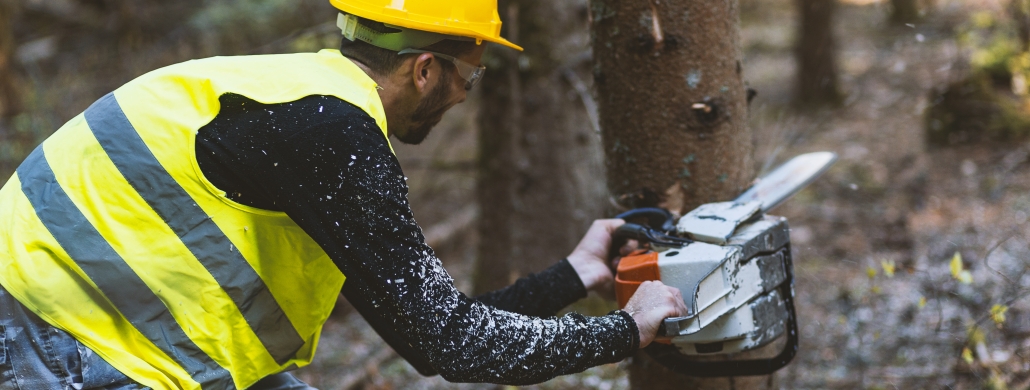[vc_row][vc_column][vc_column_text]In any job, there is always the risk of injury. Some industries and jobs, however, see a greater incidence of workplace injury. There are a few ways to measure workplace dangers: One can look at the greatest number of injuries per job, the greatest number of injuries per worker, or the greatest number of fatalities per worker and get an idea of what jobs are among the most dangerous. Statistics exist for each of these categories.
The overall number of injuries and illnesses is probably the least accurate way to determine a job's danger. A job where 20 workers are injured in an occupation that only has 100 workers is in reality much more dangerous than a job where 30 workers are injured in an occupation with 1000 jobs, even though there were more injuries in the latter job. Using this metric, the U.S. Department of Labor, Bureau of Labor Statistics has data that show non-construction labor is the most dangerous job in 2017, accounting for 7.3 percent of all injuries and illnesses. Truckers were next, with 5.4 percent, then custodians with 4.0 percent. Rounding out the top five were nursing assistants (3.9 percent) and repair workers (3.5 percent).
Using data from the number of injuries per worker is a much more accurate guide. With this metric, using 2015 data, ranching and animal husbandry is the most dangerous job, with about 6.6 injuries per 100 workers. Following closely behind are nursing home workers, with 6.5 injuries, and couriers and bike messengers, with 6.4 injuries. Woodworkers were listed fourth with 5.9 injuries per 100 workers, while airline workers were fifth with 5.8 injuries. It's very easy to imagine how many workers in these professions can suffer injury.
If we consider that the most dangerous jobs are actually the deadliest jobs, three of the previously mentioned most dangerous jobs are also the most deadly. In fact, those two are the deadliest. Using the metric of annual fatality rates in California from 2012 to 2016, woodworkers, specifically logging workers, suffer the highest rate, making it the deadliest job. For every 100,000 workers, 165.7 workers are killed in the logging industry. The second deadliest job is airline pilot, with 46.5 work fatalities per 100,000 workers. Truck driving is third, with 42.8 fatalities. Construction workers suffer the fourth highest rate of fatalities at 23.6 while taxi drivers and welders tie in fifth at 16.4 per 100,000. According to these numbers, logging is more deadly than the next five deadliest jobs.
The fact that all workers face dangers when on the job is the reason workers' compensation exists. If you suffer an injury on the job, regardless of fault, you are entitled to medical treatment and disability pay. If you have suffered a work injury, the Law Offices of Scott Warmuth can help you with your claim. Call us today at 888-517-9888 for a free legal consultation.[/vc_column_text][/vc_column][/vc_row]
California’s Most Dangerous Jobs
Topics: Workers' Compensation
May 31st, 2019










